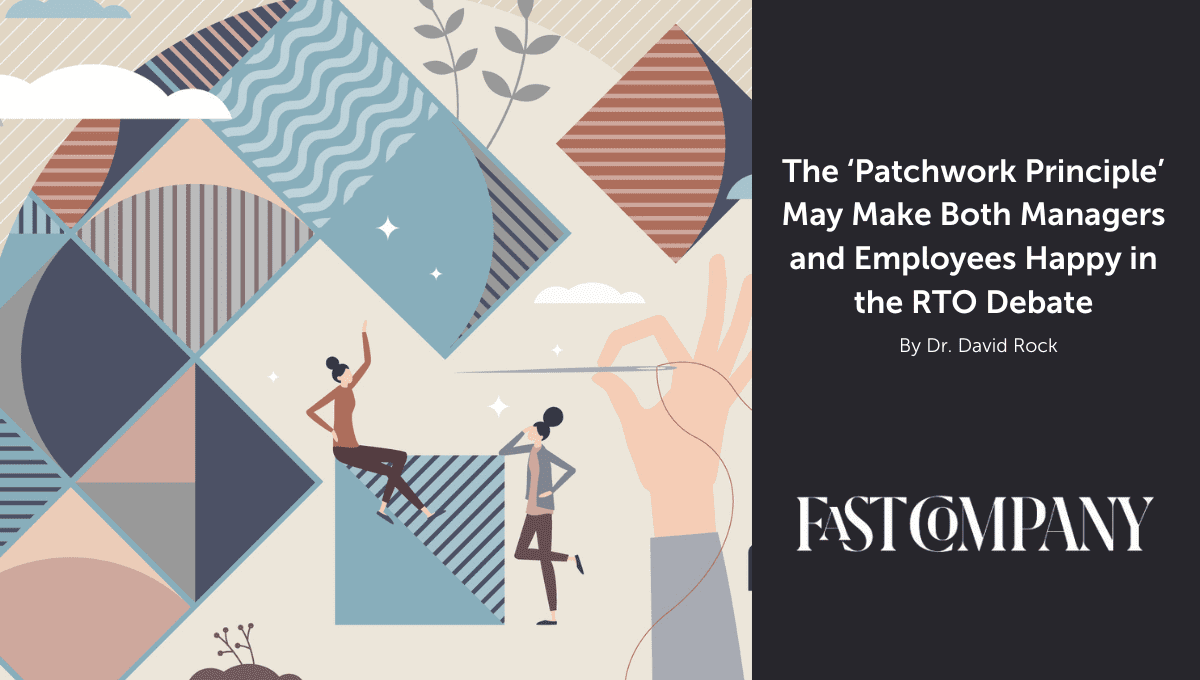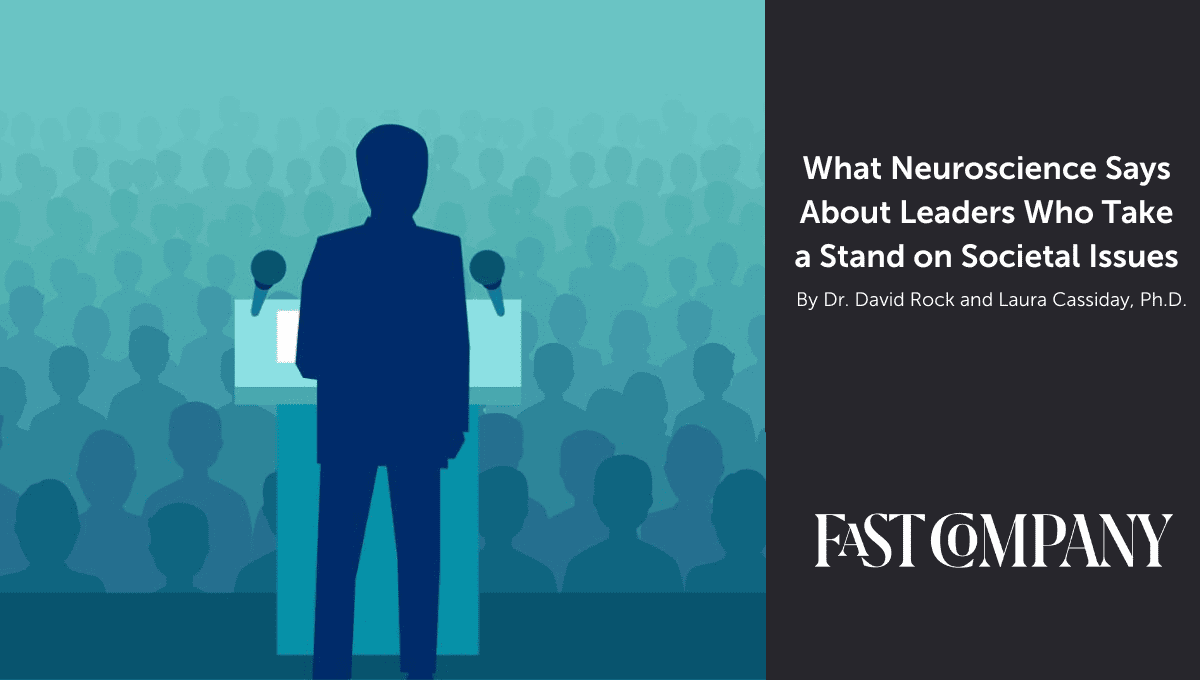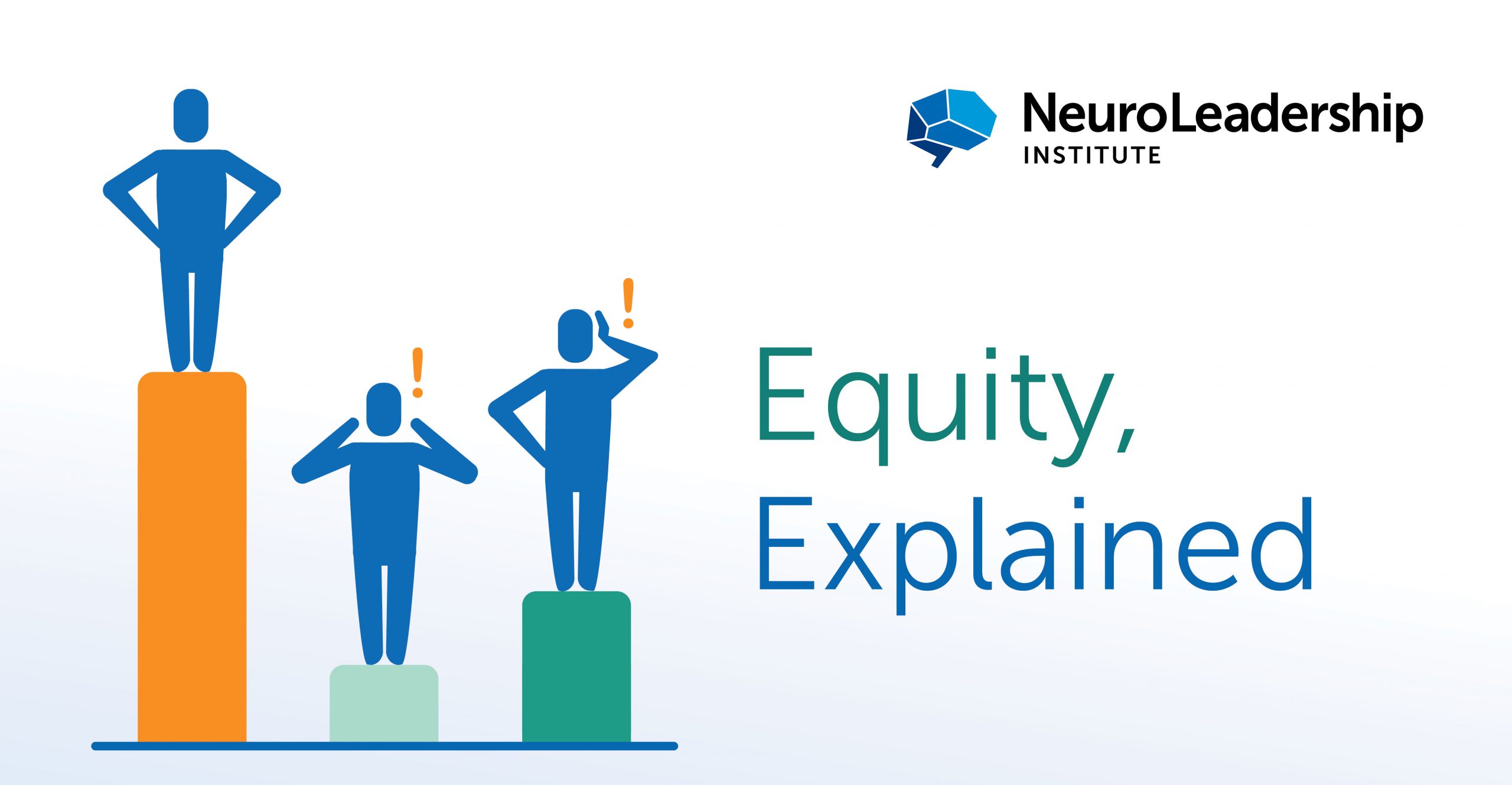A common challenge for organizations is getting people to take responsibility for their work instead of deferring or shifting blame, a critical element in cultures of accountability. A recent study...
Read More →
FEATURED INSIGHT
A common challenge for organizations is getting people to take responsibility for their work instead of deferring or shifting blame, a critical element in cultures of accountability. A recent study...
Read More →
Mary Portko, chief learning officer in the federal government, highlights how coaching creates a culture where employees want to stay.

This new approach aims to maximize a low dosage of mandatory in-office time while giving everyone a sense of control and feelings of fairness.

Adapt to a new normal or embrace persistent agility? Here’s why a learning agile culture may be the way to equip organizations for continuous innovation and growth.

What leaders should consider when sensitive social issues arise.

By following a few key practices, it’s possible — and deeply beneficial — to create teams of high performers.

In this infographic, we dive into how the brain reacts to unfairness and why systems must be overhauled to achieve true equity.

Ensuring humor connects colleagues — and doesn’t offend — is tricky. Here’s how to joke effectively.

Here’s how to recognize — and mitigate — the most common mental shortcuts.

The way our brains evolve challenges our ability to excel in a leadership role.

Researchers have developed a tool to alert office workers when it may be time to take a break.

With a leadership gap looming, organizations need to challenge assumptions about what makes a good leader.

Disagreements happen, but with the right approach, leaders can diffuse the tension and find productive solutions.

By tapping into your heightened awareness of others’ emotional states, you can learn what your employees need and guide them effectively.

Enhancing positivity in the workplace helps promote resilience and productivity.

Becoming a manager means changing your mindset and approach. Here are five tips for navigating the change.

Join millions of employees in creating culture change at scale by reaching out today.

In 2007, David and Lisa Rock and their team had been working in leadership development and executive coaching for ten years, when David coined the term “NeuroLeadership.”ef

North America
Africa
South America
Asia
Europe
Australia
© NeuroLeadership Institute 2025. All Rights Reserved
This site uses cookies to provide you with a personalized browsing experience. By using this site you agree to our use of cookies as explained in our Privacy Policy. Please read our Privacy Policy for more information.